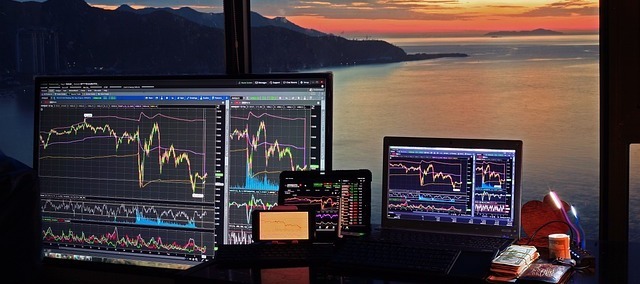
One way to invest in an inflationary environment
Inflation is proving to be anything but transitory as the global economy recovers from the COVID-19 pandemic. And that means investors should consider getting creative in how to protect their portfolios from inflationary pressures besides investing in gold or cryptocurrencies.
One portfolio manager says don't shy away from some parts of the bond market.
"I think that you need to have an active bond manager. I would advise that you would keep your duration low at this point. The all-in yields are still very low," said DoubleLine Capital portfolio manager and head of investment grade credit Monica Erickson on Yahoo Finance Live. "If inflation is rising, I think at some point we will get higher rates and that will flow back into returns. So the way to protect yourself against that would be to focus on floating rate paper, assets within fixed income that would benefit with higher rates."
Erickson recently wrote in a paper that one of the "biggest drivers" of an expected pick-up in volatility in the investment grade bond market will be likely moves higher in interest rates. So, her call on floating rate debt shouldn't come as a total surprise if one follows the moves at bond giant DoubleLine Capital.
And that sage advice couldn't arrive at a better time given recent reads on inflation.
The University of Michigan Sentiment report for October badly missed economist estimates on Friday. The reason? Inflationary prices for things like food and gasoline have reached Main Street.
"Consumer sentiment fell in early November to its lowest level in a decade due to an escalating inflation rate and the growing belief among consumers that no effective policies have yet been developed to reduce the damage from surging inflation. One-in-four consumers cited inflationary reductions in their living standards in November, with lower income and older consumers voicing the greatest impact," the report stated.
The latest prints this week on the consumer price index and producer index weren't encouraging, either.
Consumer prices surged 6.2% in October, the biggest increase in more than 30 years. Meanwhile, the producer price index showed an 8.6% increase from a year ago.
Added Erickson, "I think what we are hearing from companies is they are able to push along a lot of their cost inputs, and consumers are willing to pay these higher prices. We're in an interesting period here where I don't think most people that are around have experienced inflation. You have got to go back into the 1970s to get this kind of hyper-inflation. It is surprising. I am surprised every day when I go and pay for things, just how much goods have gone up."
© 2021 LeackStat.com
